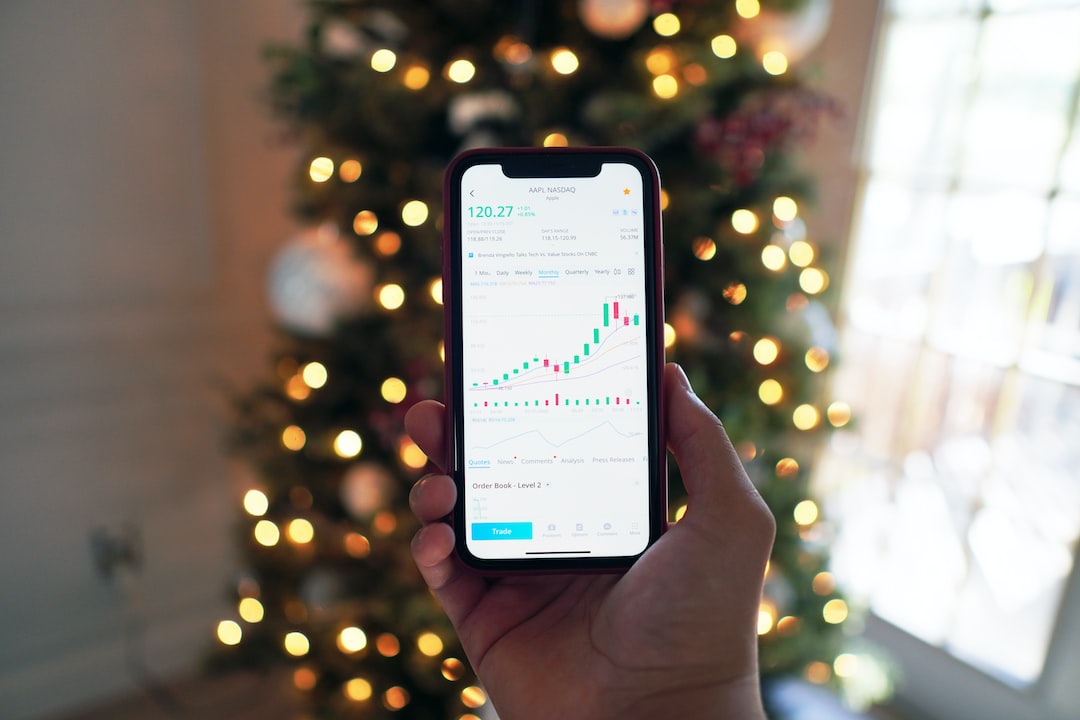Forex trading is a complex and volatile market that can be both rewarding and challenging. One of the key aspects of Forex trading is understanding the spread numbers. In this article, we will explain what spreads are, how they work, and what they mean for Forex traders.
What is a spread?
Spread refers to the difference between the buying price and the selling price of a currency pair. In other words, it is the cost of trading Forex. Forex brokers make money by charging a spread, which is typically a small percentage of the total value of the trade.
For example, let’s say the USD/EUR currency pair has a bid/ask price of 1.2000/1.2002. The bid price is the price at which you can sell the currency pair, while the ask price is the price at which you can buy it. The difference between these two prices is the spread, which in this case is 0.0002 or 2 pips.
How do spreads work?
Spreads are determined by the liquidity of the currency pair, the volatility of the market, and the broker’s profit margin. Highly liquid currency pairs such as the USD/EUR typically have lower spreads, while less liquid pairs have higher spreads.
The spread can either be fixed or variable. A fixed spread is a set amount that remains constant regardless of market conditions, while a variable spread fluctuates based on market volatility.
When you enter a Forex trade, you will be charged the spread as a commission. For example, if you buy the USD/EUR currency pair at 1.2002 and the spread is 2 pips, you will have to pay $20 for every $10,000 traded.
What do spread numbers mean for Forex traders?
Spread numbers are an important consideration for Forex traders because they directly affect the profitability of the trade. A lower spread means lower trading costs, which can increase the potential profit of the trade. Conversely, a higher spread means higher trading costs and a lower potential profit.
For example, let’s say you want to buy the USD/EUR currency pair at 1.2002. If the spread is 2 pips, you will have to pay $20 for every $10,000 traded. If the price of the currency pair increases by 10 pips, you will make a profit of $80 ($100 – $20). However, if the spread was 4 pips, you would have to pay $40 for every $10,000 traded. In this case, your potential profit would be reduced to $60 ($100 – $40).
It is important to note that spreads can vary between brokers and currency pairs. It is recommended that Forex traders compare the spreads of different brokers to find the most competitive rates.
In conclusion, spreads are an important aspect of Forex trading that should not be overlooked. Understanding how spreads work and what they mean for profitability can help traders make informed decisions and maximize their potential profits.






